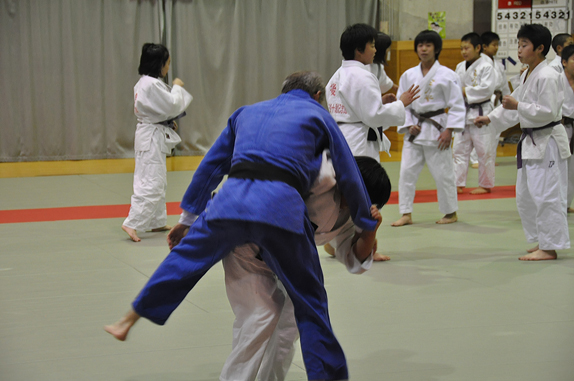
Tachisaki no mikiri is there translated as 'to judge the distance between the tip of the sword and yourself', so it seems to mean, in this context, to immediately judge distance and act on it. This is from The Kendo Reader by Noma Hisashi.

From now on, I will instruct you in this. If you train with this in mind, you will come to grasp the way of mikiri. Well, there is no doubt that one inch is quite minute, but it is the way of kenjutsu that what is important is usually minute and subtle. However, at first it may be difficult to gauge one inch, so first of all train by gauging a distance of five or six inches and then three or four inches gradually decreasing the interval until you gauge one inch. If you are unable to gauge a distance of one inch then his sword may strike you, so you must either receive or parry. If there is at least the distance of one inch, even if he strikes or thrusts, the point of his sword will not touch you. Just how does tachisaki-no-mikiri work? Well you must gauge a distance of just one-inch between the point of the opponent's sword and yourself. Without unnecessary use of the five positions, you must learn to avoid being touched by the point of the opponent's sword. After that, you may train in the way of tachisaki-no-mikiri. When you are a beginner, you must train hard at the five positions. It is known as 'tachisaki-no-mikiri', and is the most important thing to do in shiai and shinken-shobu. Anyway, the following passage from Miyamoto Musashi's Gorin No Sho (Book of five rings) might sound familiar:

My Japanese colleague explained that mikiru means to judge and immediately act. (v5r) to see everything/to abandon/to sell at a loss Anyone at the UTS might have heard Mizuno Sensei say 'mikiri' during practice for minimum tai sabaki - he said in particular that moving six inches away from the opponents fist or foot is 'escaping, not mikiri'.


 0 kommentar(er)
0 kommentar(er)
